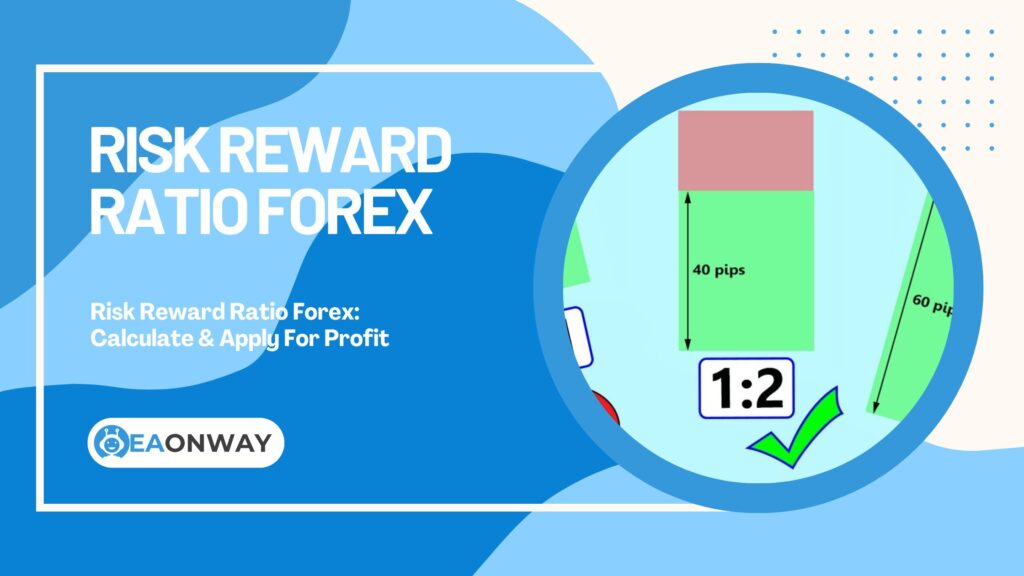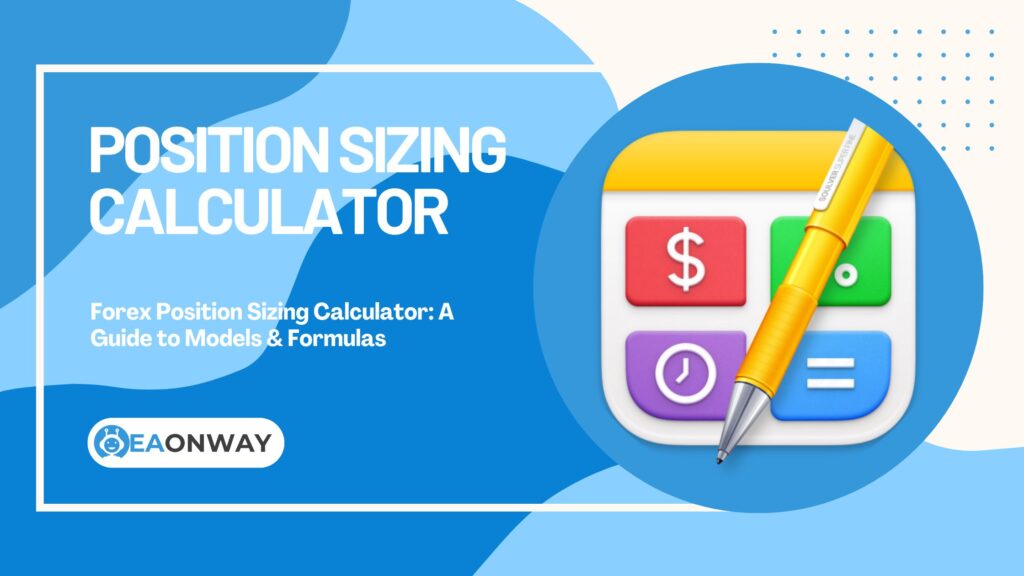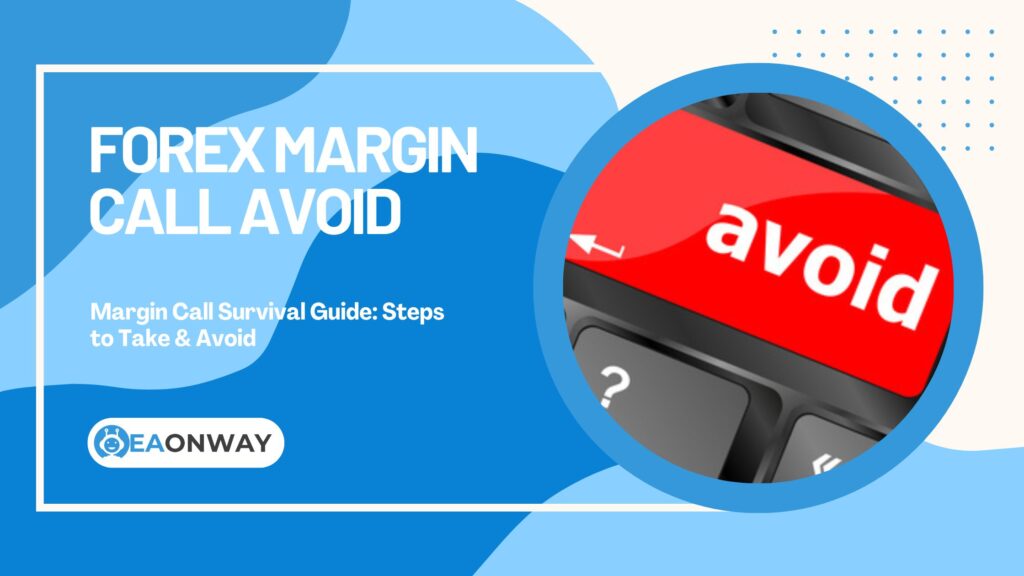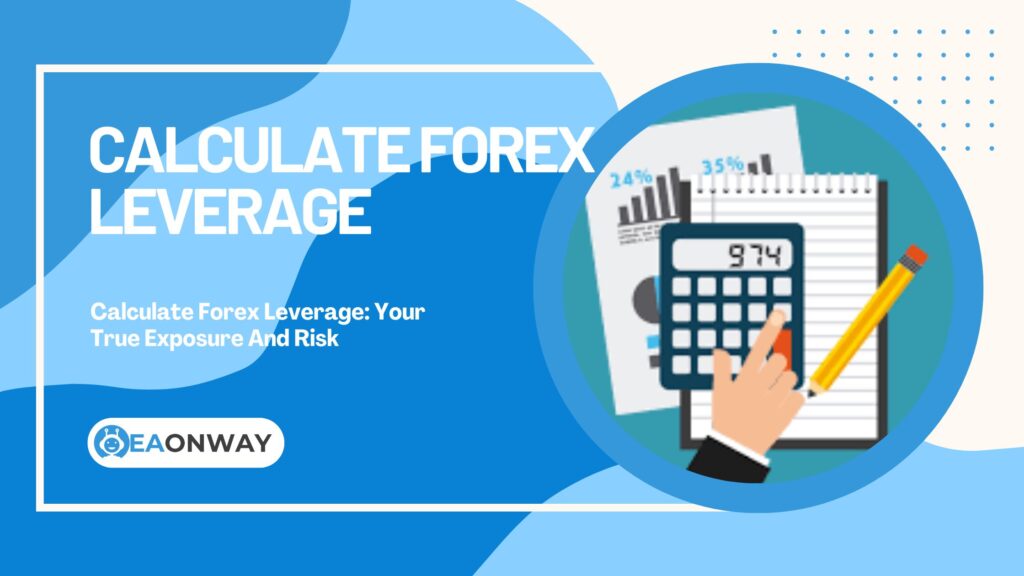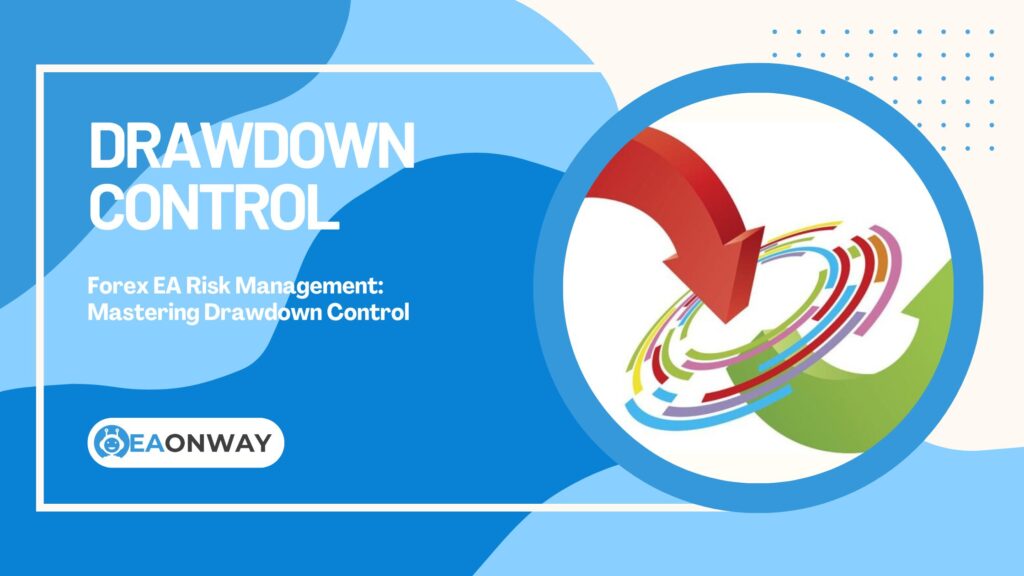Understanding the Core Risks of Forex Trading
Forex trading risks encompass a range of potential hazards that can significantly impact your trading capital and overall financial well-being. These risks represent the multifaceted challenges inherent in currency speculation, from leverage amplification to market volatility and beyond. Why do so many traders overlook these critical dangers? Perhaps because the allure of potential profit often overshadows the very real possibility of substantial loss. Every day, traders enter the foreign exchange market without fully comprehending what they’re up against, leading to devastating financial consequences. This comprehensive guide examines the fundamental risks in Forex trading, providing clear, objective insights to help you navigate this complex landscape more safely. We’ll explore leverage risk, market volatility, counterparty concerns, and numerous other factors that directly impact your trading outcomes. By understanding these risks thoroughly, you can develop more realistic expectations and implement appropriate risk management strategies—especially important when considering automated trading solutions like Expert Advisors (EAs).
Key Takeaways
Here’s a quick summary of the essential points concerning Forex trading risks:
- High Leverage = High Risk: Forex leverage magnifies both potential profits and, more critically, potential losses. Misunderstanding or misusing leverage is a primary cause of significant trading account losses.
- Market Volatility is Constant: Currency prices fluctuate continuously due to economic data, political events, and market sentiment, creating market risk that can lead to unexpected losses, slippage, and gaps.
- Your Broker Matters: Counterparty risk, the risk of your broker becoming insolvent or engaging in unfair practices, is a real concern in the largely decentralized Forex market. Choose regulated brokers.
- Multiple Risk Factors Exist: Beyond leverage and market fluctuations, traders face liquidity risk (difficulty executing trades at desired prices), interest rate risk (impact of central bank policies), geopolitical risk, operational risk (technology failures), and significant psychological risks.
- Risk Cannot Be Eliminated, Only Managed: Successful trading isn’t about finding a risk-free strategy; it’s about implementing robust risk management techniques like using stop-loss orders, proper position sizing, understanding the risk-reward ratio, and maintaining trading discipline.
- Forex is Inherently Risky: Trading Forex involves a substantial risk of loss and is not suitable for everyone. Never trade with capital you cannot afford to lose. Automated tools like EAs do not eliminate these fundamental market risks.
Defining the Landscape: What Are Forex Trading Risks?
Understanding the potential downsides is the first step toward responsible trading. Let’s clearly define what we mean by risk in the Forex market and why it demands your utmost attention.
What Exactly is Forex Trading Risk?
Forex trading risk refers to the potential for incurring financial losses when speculating on currency price movements. It encompasses various factors that can negatively impact the outcome of your trades, ranging from adverse market moves and broker insolvency to technology failures and emotional decision-making. Essentially, it’s the uncertainty associated with future currency exchange rates and the possibility that your trades will result in a loss rather than a profit. The global Forex market sees immense daily turnover, estimated by the Bank for International Settlements (BIS) in their 2022 Triennial Central Bank Survey at $7.5 trillion per day (Source: BIS Triennial Central Bank Survey, 2022). While this indicates high liquidity, it also underscores the scale and speed at which losses can occur.
Why is Understanding Risk So Critical in Forex?
Understanding risk is paramount in Forex trading primarily because of the potential for rapid and significant financial loss, amplified by common practices like high leverage. Unlike some other forms of investment, Forex trading often involves borrowed capital, meaning losses can exceed your initial deposit if not managed carefully (though some regulations like those from ESMA mandate negative balance protection). It falls squarely into the YMYL (Your Money or Your Life) category defined by Google, meaning inaccurate or misleading information can have severe real-world financial consequences for individuals. Acknowledging and respecting these risks is the foundation of responsible trading and long-term survival in the market. Failure to do so often leads to blown accounts and disillusionment.
The Double-Edged Sword: Leverage Risk Explained
Leverage is perhaps the most defining characteristic of retail Forex trading, offering the allure of large profits from small capital outlays. However, it’s also the most common catalyst for substantial losses.
What is Leverage Risk in Forex?
Leverage risk in Forex is the increased potential for significant losses due to using borrowed funds (leverage) to control a larger position size than your own capital would normally allow. While leverage magnifies potential profits from favorable price movements, it equally magnifies losses from adverse movements, making your account highly sensitive to even small fluctuations. It essentially increases your exposure to market volatility. For instance, with 100:1 leverage, a 1% move against your position can result in a 100% loss of your margin capital for that trade.
How Does High Leverage Increase Forex Trading Risks?
High leverage drastically increases Forex trading risks by amplifying the impact of price movements on your trading capital. Imagine you have $1,000 and use 100:1 leverage to control a $100,000 position. A mere 0.5% adverse move in the currency pair (which can happen within minutes) would translate to a $500 loss ($100,000 * 0.5%). This represents 50% of your initial capital wiped out by a relatively small market fluctuation. With lower leverage, say 10:1, the same 0.5% move on a $10,000 position ($1,000 * 10) would result in only a $50 loss (5% of your capital). High leverage shrinks the margin for error, making accounts vulnerable to rapid depletion and increasing the likelihood of margin calls.
What is a Margin Call Explained Simply?
A margin call is a demand from your broker for you to deposit additional funds into your account or close losing positions to bring your margin level back up to the required minimum. It occurs when your account equity (balance minus unrealized losses) falls below the maintenance margin requirement due to losing trades amplified by leverage. Failure to meet a margin call typically results in the broker automatically liquidating some or all of your open positions at the current market price to cover the losses and prevent the account balance from going negative (though this isn’t always guaranteed).
Can Negative Balance Protection Help?
Negative Balance Protection (NBP) is a regulatory measure or broker policy designed to ensure that traders cannot lose more money than they have deposited in their trading account, even during extreme market volatility or when using high leverage. If a sudden market event causes losses exceeding the account balance, the broker absorbs the excess loss, resetting the account balance to zero rather than leaving the trader indebted. NBP is mandated for retail clients by some regulators, such as the European Securities and Markets Authority (ESMA) in Europe (Source: ESMA Product Intervention Measures) and the Financial Conduct Authority (FCA) in the UK. However, it’s not universally offered, especially by brokers regulated in other jurisdictions, so verifying its availability is crucial before opening an account.
Navigating the Waves: Market Risk in Currency Trading
Even without leverage, the inherent movement of currency prices creates risk. Understanding market risk is crucial for setting realistic expectations and implementing appropriate safeguards.
What is Market Risk in the Forex Context?
Market risk in the Forex context is the potential for losses arising from adverse movements in currency exchange rates. This risk is driven by a multitude of unpredictable factors, including economic data releases (like inflation or employment figures), central bank policy changes, political instability, shifts in market sentiment, and global events. It’s the fundamental risk that the value of the currency you bought will fall relative to the one you sold, or vice-versa, leading to a loss on your position when you close it. This risk is inherent to any form of trading or investment where asset prices fluctuate.
How Does Market Volatility Impact Forex Traders?
Market volatility, characterized by rapid and significant price fluctuations, directly impacts Forex traders by increasing uncertainty and the potential for sudden, large losses (or gains). High volatility can trigger stop-loss orders prematurely, lead to wider bid-ask spreads (increasing transaction costs), and cause slippage where trades are executed at prices different from those requested. Major news events or unexpected geopolitical developments often cause sharp spikes in volatility, creating hazardous trading conditions where price gaps (sudden jumps with no trading in between) can occur, potentially bypassing stop-loss levels entirely.
What is Slippage in Forex Trading?
Slippage in Forex trading refers to the difference between the expected execution price of a trade and the actual price at which it is executed. Slippage can be negative (worse than expected price), positive (better than expected price), or zero. It commonly occurs during periods of high market volatility or low liquidity, such as during major news releases or outside peak trading hours. When you place a market order or a stop-loss/take-profit order, the market price might move rapidly between the time your order is submitted and the time it’s executed by the liquidity provider, resulting in slippage. This execution risk can significantly impact your trading outcomes, particularly during fast-moving markets.
Can Stop Loss Orders Eliminate Market Risk?
No, stop-loss orders cannot eliminate market risk entirely, although they are a critical tool for limiting potential losses on a single trade. A stop-loss order aims to automatically close a losing position once it reaches a predefined price level. However, during extreme volatility or market gaps (where the price jumps significantly without trading at intermediate levels), your stop-loss order might be executed at a price substantially worse than the level you set due to slippage. While essential for risk management, stop-losses provide a level of control, not a guarantee against market risk.
The Unseen Partner: Counterparty Risk in Forex
When you trade Forex, you’re dealing through a broker. The reliability and financial stability of that broker introduce another layer of risk.
Counterparty Risk Forex Definition: What Does It Mean?
Counterparty risk in Forex is the risk that the other party in your transaction—typically your Forex broker—will default on its obligations or fail to perform as expected. This could mean the broker becomes insolvent and unable to return client funds, engages in fraudulent practices, experiences severe technical failures preventing trade execution or withdrawal, or offers unfair execution practices (like excessive slippage or requotes). Because much of the retail Forex market operates Over-The-Counter (OTC), you are directly exposed to the financial health and ethical conduct of your chosen broker.
How Can You Assess Broker Reliability?
Assessing broker reliability involves several key checks. Primarily, verify the broker’s regulatory status. Look for regulation by reputable authorities like the Financial Conduct Authority (FCA) in the UK, the Australian Securities and Investments Commission (ASIC), the Cyprus Securities and Exchange Commission (CySEC), or equivalent bodies in major financial centers. These regulators impose strict rules, including capital adequacy requirements and often the segregation of client funds (keeping client money separate from the broker’s operational funds). You can usually verify a broker’s license on the regulator’s official website (e.g., FCA Register, ASIC Connect). Additionally, research the broker’s reputation through independent reviews, check their execution policies, and understand their fee structure.
Why Does the Decentralized Nature of Forex Matter Here?
The decentralized, Over-The-Counter (OTC) nature of the Forex market matters significantly for counterparty risk because there is no central exchange guaranteeing trades or standardizing practices across all participants. Unlike stock trading on the NYSE or NASDAQ, Forex trades are primarily agreements between you and your broker (or the liquidity providers they connect with). This lack of centralization means the safety of your funds and the fairness of your trade execution depend heavily on the specific broker you choose, making regulatory oversight and due diligence crucial.
Beyond Price Moves: Other Significant Forex Risks
While leverage and market volatility are often the focus, several other risks can significantly impact Forex traders.
How Does Interest Rate Risk Impact Forex?
Interest rate risk impacts Forex by influencing the relative attractiveness of holding different currencies. When a country’s central bank raises interest rates, its currency may become more appealing to investors seeking higher returns (yield), potentially causing the currency to appreciate. Conversely, lowering interest rates can make a currency less attractive, potentially causing it to depreciate. Changes in interest rate expectations by major central banks like the U.S. Federal Reserve (Federal Reserve Website), the European Central Bank (ECB Website), or the Bank of England (BoE Website) are major drivers of currency movements. This affects individual trades and strategies like the carry trade (profiting from interest rate differentials).
What is Liquidity Risk in the Forex Market?
Liquidity risk in the Forex market is the risk that you may not be able to execute a trade quickly at your desired price, or exit a position easily, due to a lack of buyers or sellers at that particular time or price level. While major currency pairs (like EUR/USD, USD/JPY) are generally highly liquid during main trading sessions, liquidity can dry up significantly during off-peak hours, holidays, or times of extreme market stress. Lower liquidity typically results in wider bid-ask spreads (higher transaction costs) and increased potential for slippage. Exotic currency pairs inherently carry higher liquidity risk than majors. Low liquidity was highlighted as a concern during flash events analyzed by the BIS (Source: BIS Quarterly Review, March 2017 – Monitoring of fast-paced electronic markets).
Geopolitical Risk Forex: How Do World Events Play a Role?
Geopolitical risk in Forex refers to the impact of political instability, international conflicts, trade disputes, elections, policy changes, terrorism, and even natural disasters on currency exchange rates. These events create uncertainty and can trigger sudden flights to perceived “safe-haven” currencies (like the Swiss Franc or Japanese Yen) or sharp sell-offs in currencies of affected nations. For example, unexpected election results, escalating trade tensions between major economies, or regional conflicts can cause significant volatility and unpredictable shifts in currency values, posing substantial risk to open positions.
Operational and Technology Risk: What Could Go Wrong?
Operational and technology risk encompasses potential losses arising from failures in systems, processes, or technology. This includes internet connectivity issues preventing you from managing trades, trading platform (like MetaTrader 4/5) malfunctions or freezes, broker server downtime, errors in automated trading systems (Forex EAs), or even cybersecurity breaches. If your platform crashes during a volatile market event, or your EA executes flawed logic due to a bug, you could suffer significant unexpected losses. Redundancy (like backup internet) and using reliable platforms/brokers can mitigate but not eliminate this risk.
The Trader’s Mind: Psychological Risks
Often underestimated, the psychological aspect of trading is a major source of risk. Your own emotions and biases can be your worst enemy.
How Does Trading Psychology Increase Risk?
Trading psychology increases risk significantly because emotional responses like fear, greed, impatience, overconfidence, and the desire for revenge after a loss can lead to irrational and impulsive decisions. Fear might cause you to exit winning trades too early or avoid potentially good setups. Greed can lead to over-leveraging or holding onto losing trades too long, hoping they’ll turn around. Revenge trading (trying to immediately win back losses) often results in larger, poorly planned trades and further losses. These emotional reactions override logical analysis and adherence to a trading plan, directly contributing to poor performance and account drawdowns.
Why is Discipline Crucial for Managing Forex Risk?
Discipline is crucial for managing Forex risk because it ensures adherence to your predefined trading plan and risk management rules, regardless of emotional impulses or market noise. A disciplined trader defines their strategy, entry/exit criteria, position size, and maximum acceptable risk per trade before entering the market. They stick to these rules consistently, even during losing streaks or exciting market moves. This prevents emotional decision-making (like chasing losses or overtrading) and ensures that risk is controlled systematically over time, which is essential for long-term survival and potential profitability in the volatile Forex market.
Towards Safer Trading: Essential Forex Risk Management
While risks are inherent, they can be managed. Implementing sound risk management practices is non-negotiable for anyone serious about Forex trading.
What is the Goal of Forex Risk Management?
The primary goal of Forex risk management is not to eliminate risk entirely (which is impossible) but to control and limit potential losses to an acceptable level, protecting your trading capital from catastrophic drawdowns. Effective risk management aims to ensure that no single trade or series of losses can wipe out your account, allowing you to stay in the game long enough for your profitable trades to potentially outweigh your losses over time. It’s about survival first, profit second.
How Important is a Trading Plan?
A trading plan is critically important; it serves as your roadmap and rulebook for navigating the Forex market. It should clearly define your trading goals, strategy (including entry and exit signals), risk tolerance (e.g., maximum percentage of capital risked per trade, maximum drawdown), chosen currency pairs, timeframes, and rules for money management. Trading without a plan is akin to gambling – relying on luck rather than a structured approach. A well-defined plan helps maintain discipline, reduces emotional decision-making, and provides a framework for consistent execution and performance review.
Understanding the Risk Reward Ratio in Forex: What’s a Good Target?
The risk-reward ratio (RRR) compares the potential profit of a trade (reward) to its potential loss (risk), determined by your stop-loss and take-profit levels. For example, if you risk $100 (stop-loss) to potentially make $200 (take-profit), your RRR is 1:2. A “good” target depends on your strategy’s win rate, but generally, seeking ratios where the potential reward is greater than the potential risk (e.g., 1:1.5, 1:2, 1:3 or higher) is advisable. This means even if you win less than 50% of your trades, you can still be profitable over time. Consistently taking trades with a poor RRR (e.g., risking $200 to make $100) makes long-term profitability very difficult.
Practical Steps: Position Sizing and Diversification?
- Position Sizing: This is arguably the most crucial risk management technique. It involves determining the appropriate amount of currency to buy or sell on a single trade based on your account size and predefined risk tolerance. A common rule is to risk only a small percentage (e.g., 1-2%) of your total trading capital on any single trade. Calculate your position size based on your stop-loss distance in pips and your chosen risk percentage. This ensures that even a losing trade has only a limited impact on your overall capital.
- Diversification: In Forex, diversifying across many currency pairs doesn’t always reduce risk effectively, as major currencies can be highly correlated (e.g., moves in EUR/USD often correlate with GBP/USD due to the common USD factor). More effective diversification might involve using different trading strategies (e.g., trend-following and range-bound), trading across different timeframes, or potentially incorporating other asset classes if appropriate for your overall portfolio, rather than solely relying on multiple Forex pairs.
Is Forex Trading Safe or Inherently Risky?
Let’s address the bottom-line question many newcomers ask: Is Forex trading a safe venture, or is it fundamentally dangerous?
So, Is Forex Trading Very Risky?
Yes, Forex trading is inherently very risky due to the combination of high leverage, market volatility, and the complexity of global currency movements. The potential for rapid and substantial financial loss is significant. It requires considerable knowledge, skill, discipline, and robust risk management to navigate successfully. It should not be considered a safe investment or a guaranteed path to wealth. While potential rewards exist, they come hand-in-hand with substantial dangers that must be fully understood and respected.
Can Risk Be Completely Avoided?
No, risk cannot be completely avoided in Forex trading or any form of financial market speculation. Every time you enter a trade, you expose your capital to potential loss due to unpredictable market movements and the other risks we’ve discussed (counterparty, liquidity, etc.). The focus should not be on avoiding risk, but on understanding, measuring, and actively managing it within acceptable limits through strategies, stop-losses, position sizing, and discipline.
Who Should Consider Forex Trading?
Forex trading should only be considered by individuals who:
- Fully understand the substantial risks involved, including the potential loss of their entire investment.
- Can afford to lose the capital they allocate to trading without impacting their essential financial needs or lifestyle.
- Are willing to dedicate significant time and effort to education, developing a trading plan, and continuous learning.
- Possess the emotional discipline to stick to their plan and manage psychological pressures.
- Have performed due diligence in selecting a reputable and regulated broker.
It is generally unsuitable for risk-averse individuals or those seeking guaranteed returns.
Final Thoughts: A Realistic Perspective on Forex Risks
Navigating the Forex market requires more than just predicting price direction; it demands a profound understanding and respect for its inherent risks. We’ve explored the significant dangers posed by leverage, market volatility, counterparty reliability, interest rate shifts, liquidity gaps, geopolitical events, operational failures, and the powerful influence of trading psychology.
The allure of Forex, sometimes amplified by automated tools like EAs, can create unrealistic expectations. It’s crucial to remember that Forex trading is not a get-rich-quick scheme. Success, if achieved, is typically the result of rigorous education, consistent application of a well-tested strategy, unwavering discipline, and, above all, meticulous risk management. EAs, while potentially helpful for execution, operate within this same risky environment; they automate a strategy but do not eliminate the fundamental market, leverage, or operational risks. Approach Forex with caution, prioritize capital preservation, and never invest money you cannot afford to lose.
Important Risk Warning
The information provided in this article is for educational purposes only and does not constitute financial or investment advice. Forex trading involves a substantial risk of loss and is not suitable for all investors. The high degree of leverage available in Forex trading can work against you as well as for you. Before deciding to trade Forex, you should carefully consider your investment objectives, level of experience, and risk appetite. There is a possibility that you could sustain a loss of some or all of your initial investment and therefore you should not invest money that you cannot afford to lose. You should be aware of all the risks associated with Forex trading and seek advice from an independent financial advisor if you have any doubts. Past performance is not indicative of future results. EaOnWay.com does not provide investment advice or recommendations.


